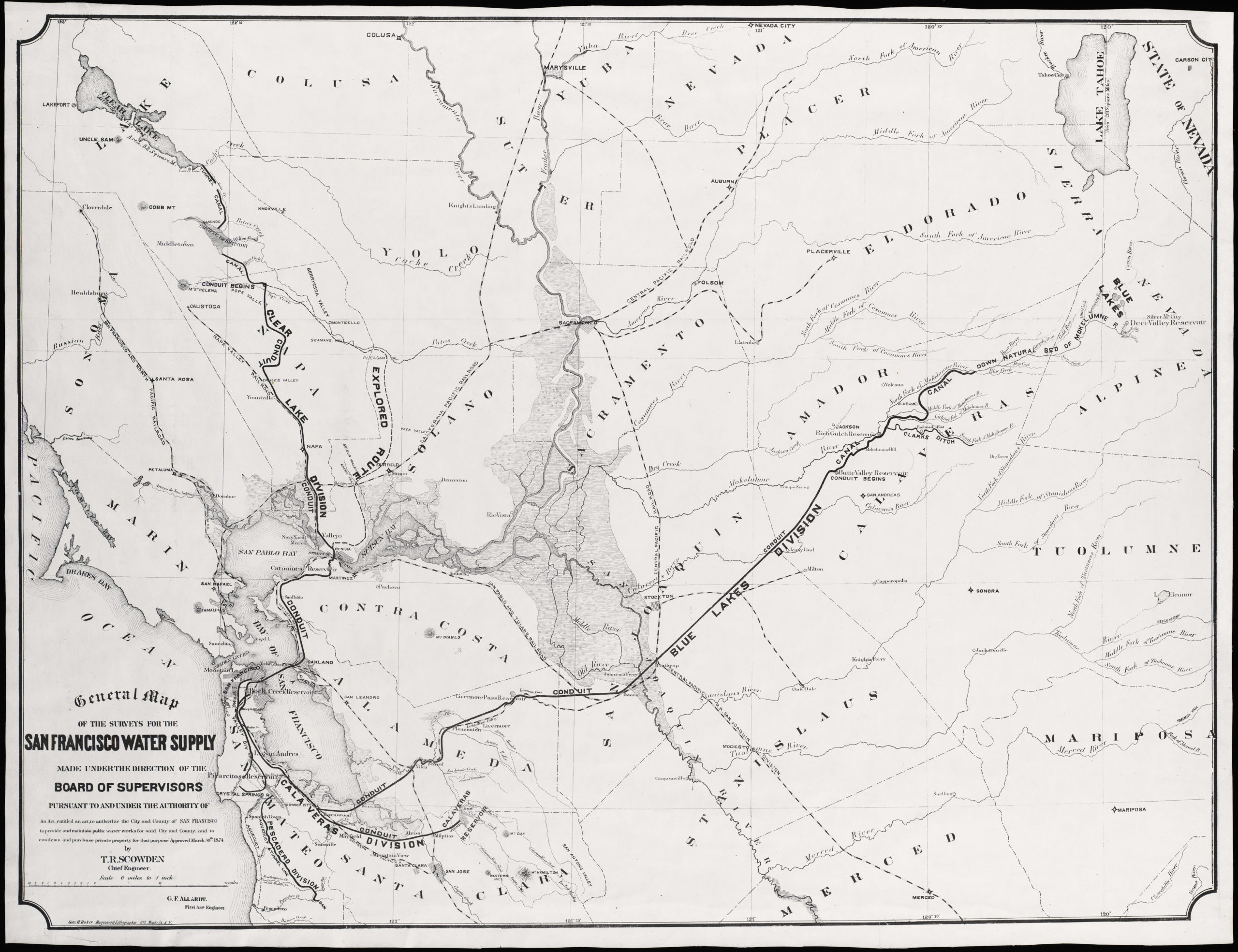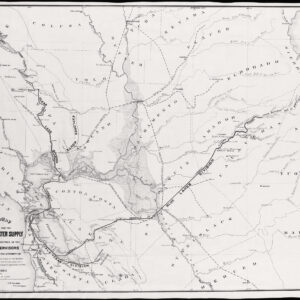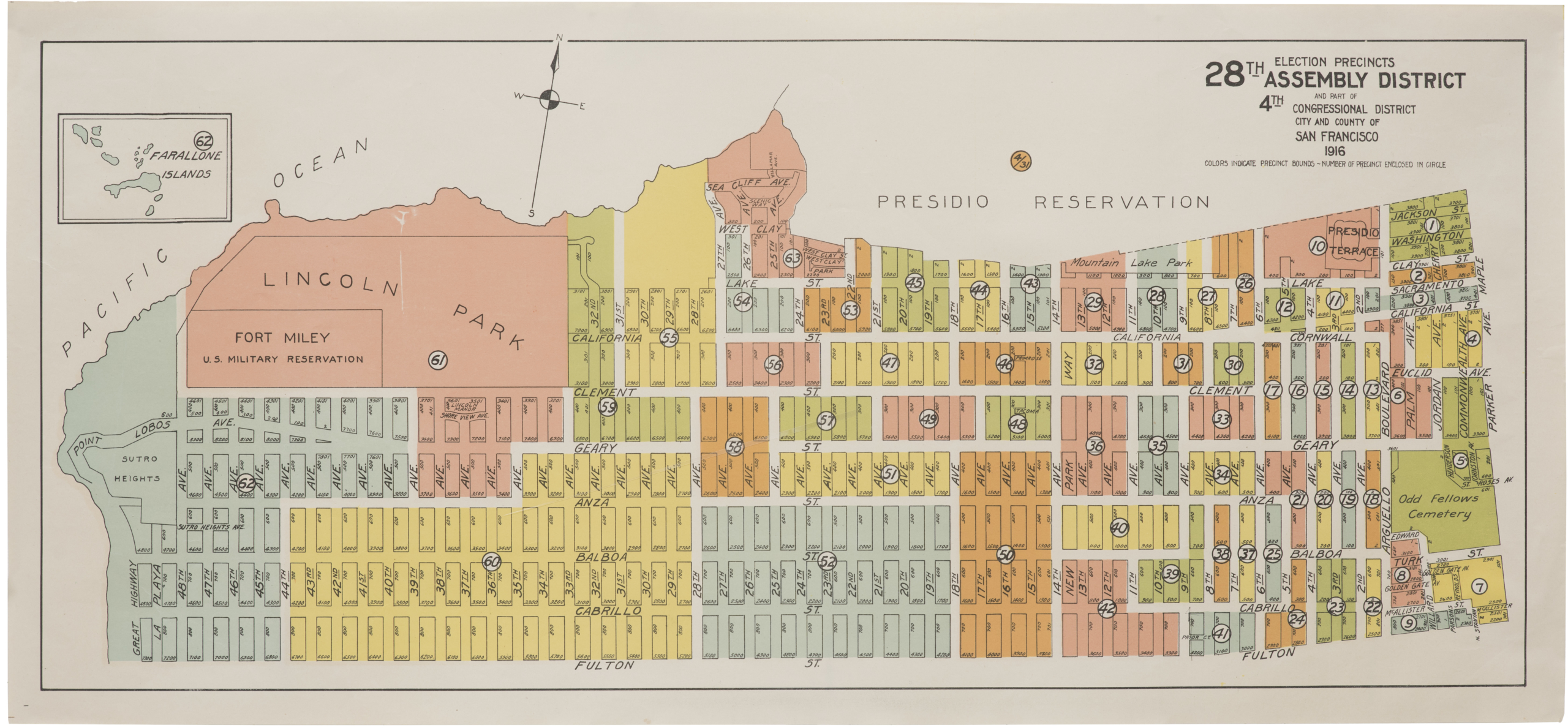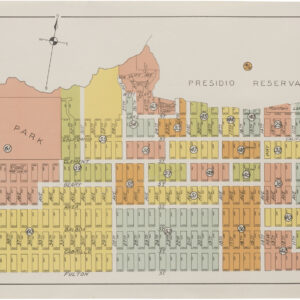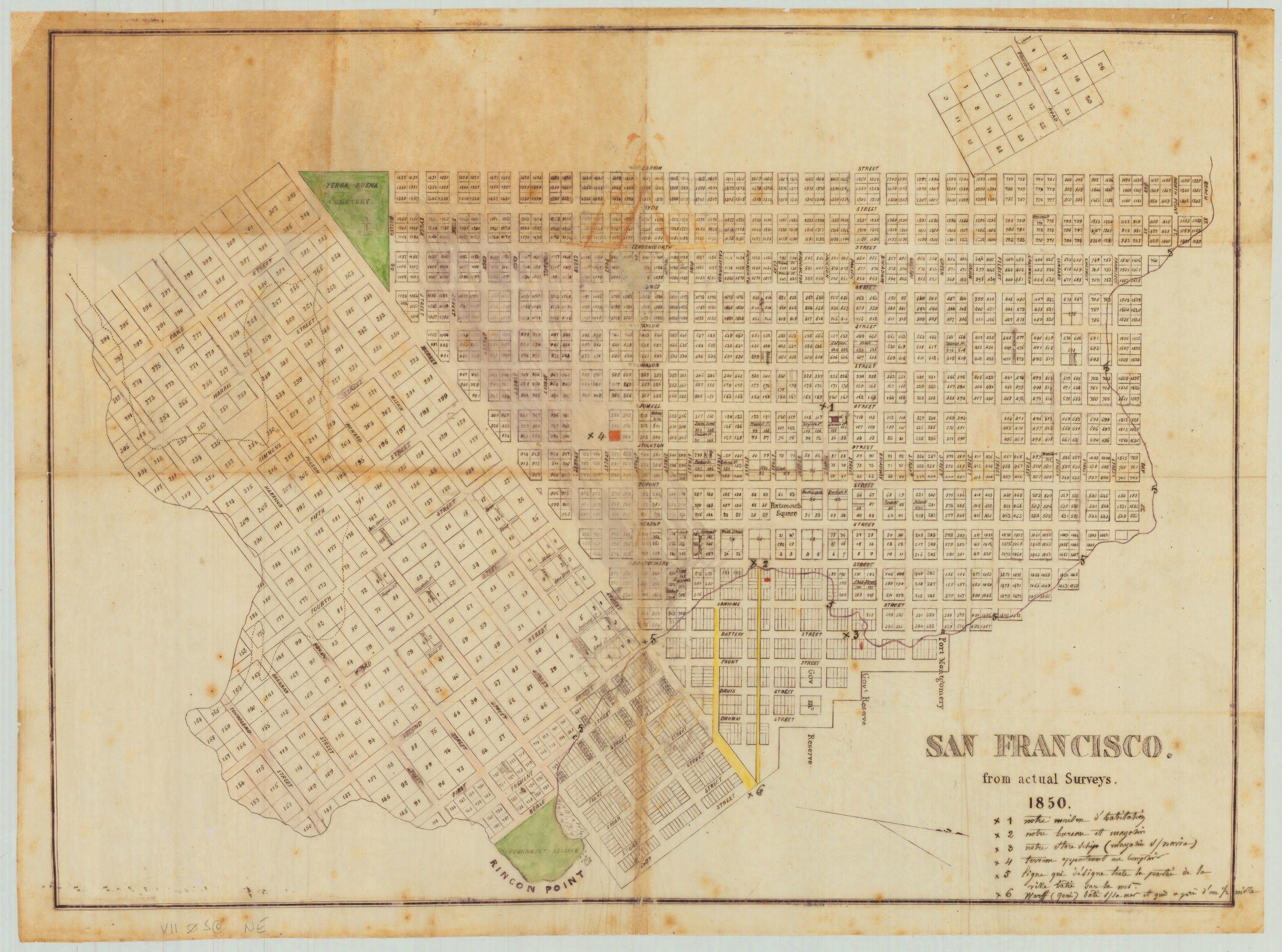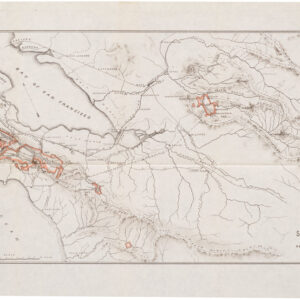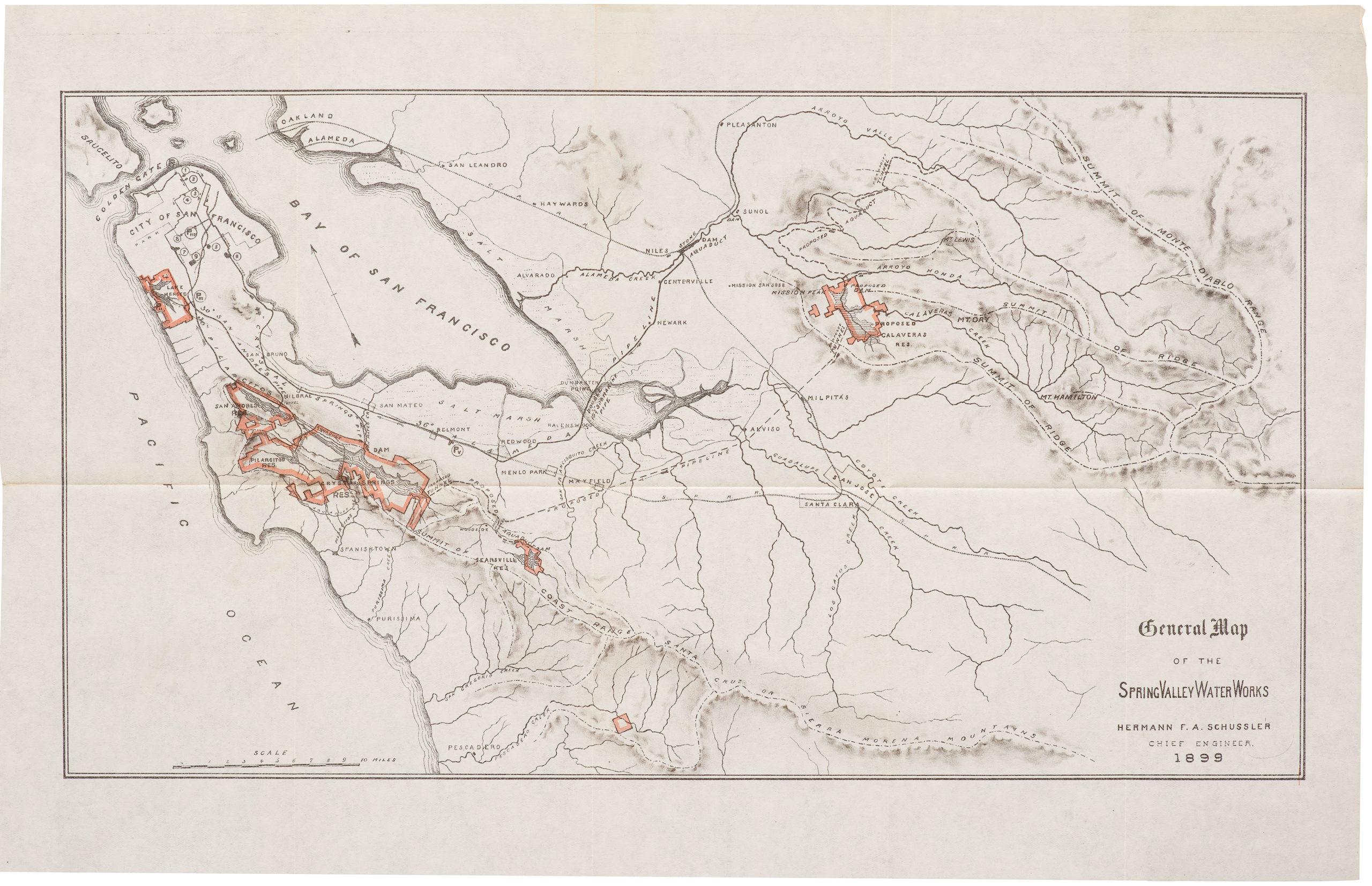A scarce and evocative view of the Palace Hotel: a monument to celebrate San Francisco’s coming-of-age.
Palace Hotel. San Francisco.
Out of stock
Description
Opulent buildings, men in top-hats, Chinese laborers, elegantly-dressed women riding carriages: these are some of the figures that comprise this bustling San Francisco street scene, finely-engraved by Berghaus & Schimpf. The image was originally published as a wood engraving in Frank Leslie’s Illustrated Newspaper, Oct. 9, 1875. Here, the wood engraving was transferred to stone and printed as an olive-toned lithograph, and issued with the Christmas Number of the S.F. News Letter for 1880.
More than anything, this view represents San Francisco’s post-Gold Rush second act, as the city matured into the commercial capital of the western coast of the growing American empire. The subject of this evocative view is the iconic Palace Hotel, built by one of San Francisco’s most influential residents: entrepreneur and financier William C. Ralston. With 755 guest rooms and various street-level shops, the original Palace Hotel was at the time of its construction the largest hotel in the Western United States. Ralston heavily depended on his shaky banking empire to finance the five million dollar project. Although his Bank of California collapsed in late August 1875, and Ralston himself drowned in San Francisco Bay on the same day that he lost control of the institution, the Palace Hotel still opened two months later on October 2, 1875. The hotel survived the initial damage from the early morning April 18, 1906, San Francisco earthquake, by late that afternoon it had been consumed by the subsequent fires.
Even by contemporary San Franciscans, the Palace Hotel was understood as a monument to American enterprise. The view captures an era in which San Francisco developed into a major maritime commercial center. The wild and explosive days of the Gold Rush have past, but the 1860s and 1870s were an exciting time in their own right, as the city began to feature the hallmarks of both high society and urban industrial production. This period saw a significant influx of capital from silver mines in Nevada, which helped create a new class of extremely wealthy businessmen with visions of re-shaping the city.
The view looks south at the northwestern corner of the Palace Hotel, at the intersection of Market St. and New Montgomery St. On the opposite side of New Montgomery stands the splendid Grand Victoria Hotel, and the Victorian Gothic Masonic Temple is shown at the extreme right at the corner of Montgomery and Post Streets. The creation of New Montgomery was part of Ralston’s vision for the city even before he built the Palace Hotel. Ralston was a proponent of shifting San Francisco’s financial heart south towards Market St. from the original city center around Portsmouth Square. At the same time, he sought to link this new center to his industrial interests around Mission Bay, and to his Hunter’s Point Dry Dock. To facilitate these efforts, Ralston proposed to extend Montgomery St. straight to the south. The proposal was defeated, and Ralston had to settle for the creation of the much more modest New Montgomery St., where he then decided to locate his palatial, and final, endeavor.
Overall, this is a remarkable encapsulation of how far San Francisco had come in the decades since the Gold Rush.
Cartographer(s):
Condition Description
Expertly backed with linen. A fine and handsome example.
References
Baird and Evans, Historic Lithographs of San Francisco: 181.

